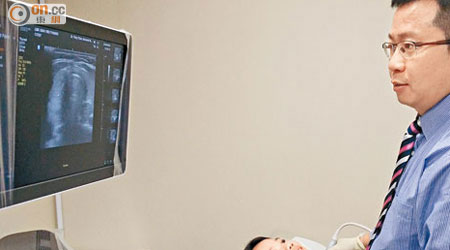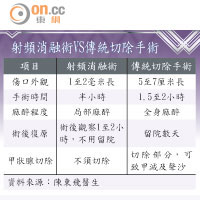People with an unsightly scar tissue condition may benefit from a new
combination treatment, says the surgeon who developed the therapy.
The technique, which involves freezing, can treat keloid an
overgrowth of scar tissue that develops around a wound said Tony Chan
Tung-fei.
Chan said he started using the technique earlier this year and has
treated 10 patients so far. But it is not cheap, at HK$10,000 to
HK$20,000 per keloid.
Keloid usually appears on earlobes, arms, shoulders, knees, chest and
back. Chan said 30 percent of people will develop it after ear
piercing.
Those with a family history are likely to develop keloid. The
condition is also related to the level of severity of a wound such as
scalds and bacterial infections.
Chan combines cryotherapy with a clip-on magnetic compression
earring. Liquid nitrogen of minus 196 degrees Celsius is injected to
freeze the scar and impede tissue growth.
This helps to reduce by half or two-thirds the size of the keloid.
The earring suppresses capillaries so oxygen is not generated. "There is
a 70 percent chance of keloid not recurring with the magnetic
compression and cryotherapy. So far no patient has shown signs of
recurrence," Chan said.
Patients should wear the earring for eight to 12 hours at a time.
Steroids have been used to treat keloid but that carries a 90 percent recurrence rate.
Many choose to undergo surgery but during recovery the scar might become larger, he said.
A keloid sufferer, Ms Lo, 27, from Macau, had her ears pierced 10 years ago. A year later, her ear became inflamed.
"I consulted the doctor in Macau and underwent surgery three times but it kept recurring," she said.
"It looked so ugly I covered it with my hair all the time."
Lo started cryotherapy last year and now the swollen part of the ear
is nearly flat. She also had steroid jabs to minimize the chance of
recurrence.
Since June Lo has used magnetic compression, wearing the earring for four to five hours a day. The keloid has not come back.
The
information aims to provide educational purpose only. Anyone reading it should
consult Surgery Specialist before considering treatment and should not rely on
the information above.


